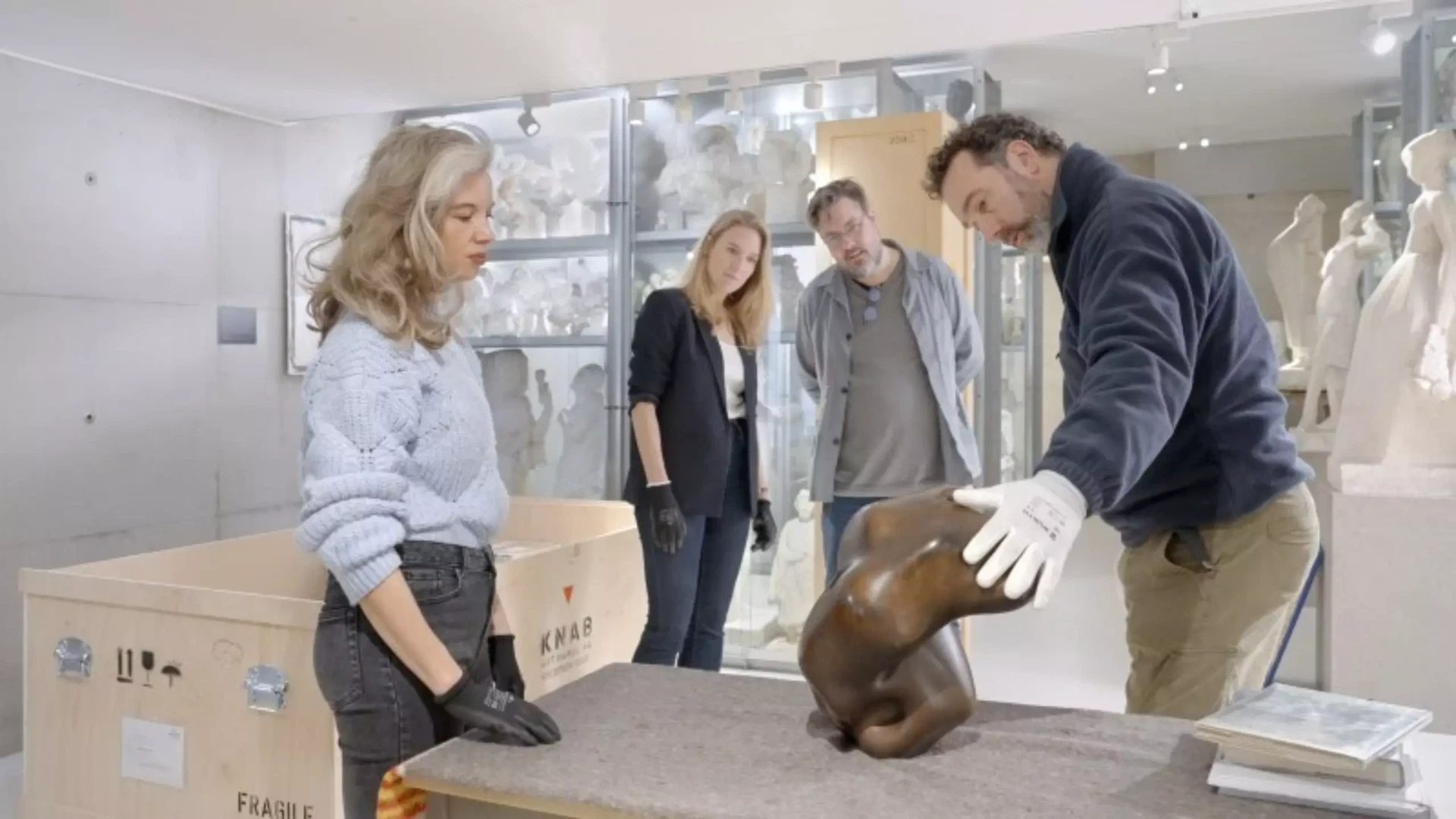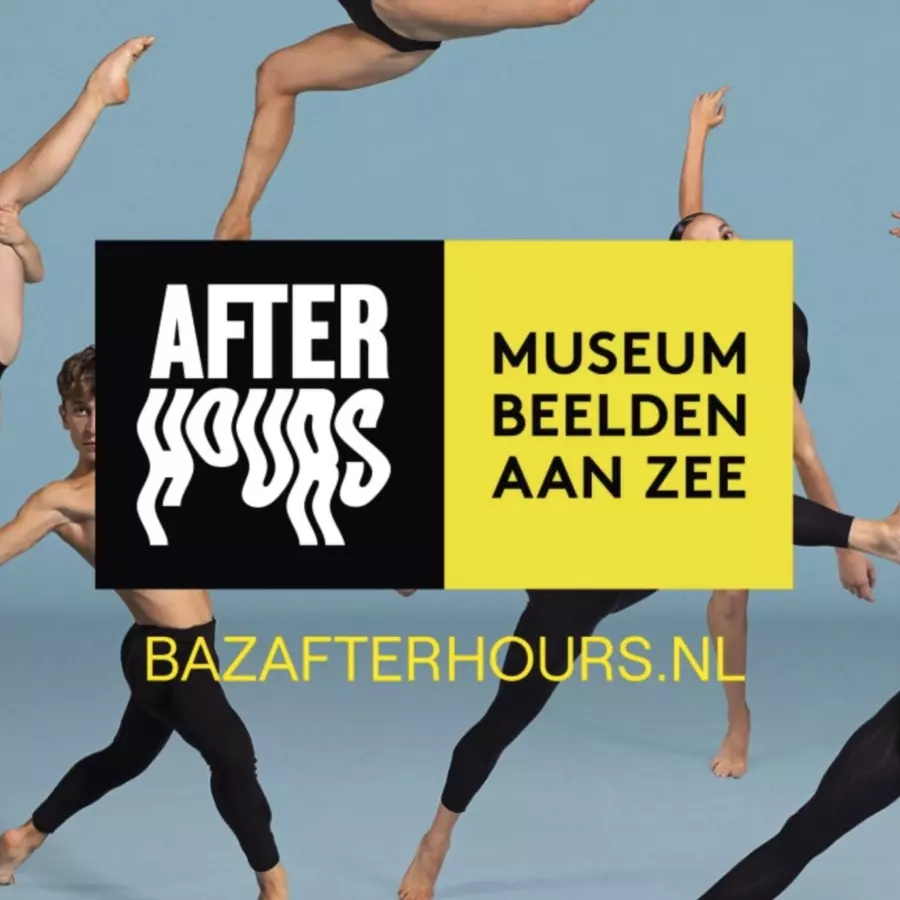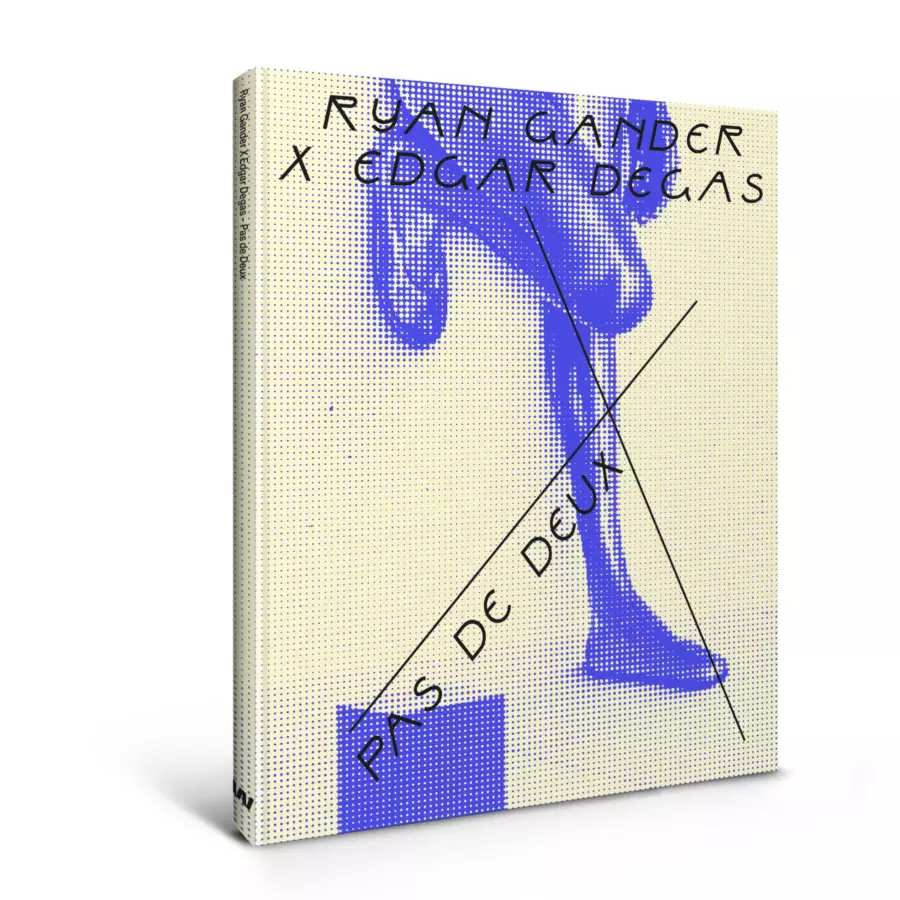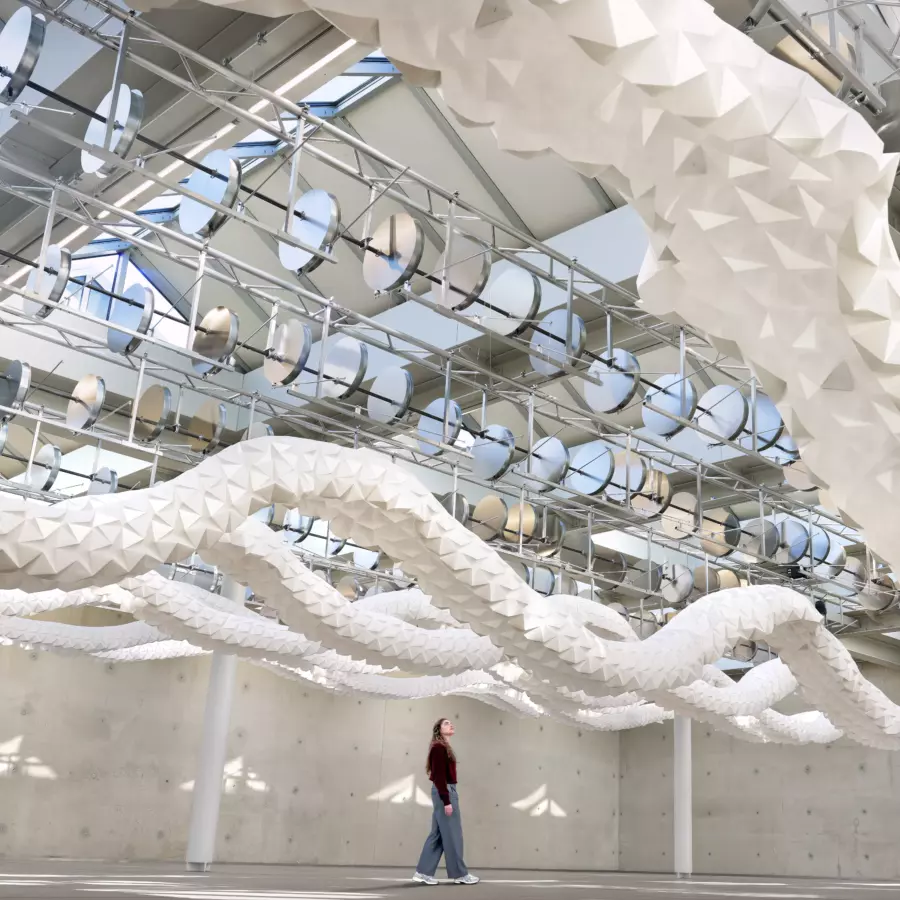Hans Arp
The donation includes 21 plaster statues and a bronze sculpture. In the next five years, the museum will continue its research into the biography of Arp's individual sculptures. This research will, among other things, lead to an exhibition at the Beelden aan Zee museum.
Hans Arp is one of the most innovative and influential artists of the European avant-garde. He began his career as a poet. Later, he worked as a painter, sculptor, and graphic artist. Arp preferred to work with materials such as plaster, bronze, and marble. Occasionally, he allowed himself to be tempted to carve directly into stone. Distortions, asymmetry, and organic curves are the main formal characteristics of his style.
Hans Arp
As one of the initiators of Dada and surrealism, Hans Arp played an important role in the development of abstract art with his versatile and organic language of forms, and he enthused a wide audience for modern art. From 1933, Arp worked on his exceptional language of forms with the material plaster. The sculptures formed the basis of Arp's artistic work process. On the one hand, he used the plaster for the production of bronze sculptures, and on the other hand, they formed the basis of a process for endlessly new variations on figures and forms.
Visitors to the Beelden aan Zee museum can see a preview of the donation in the museum's Gipsotheek from March 7. The Gipsotheek is a unique concept in the Netherlands. In this open depot, the development of Dutch sculpture in an international context can be seen. The exceptional collection of sculptures and studies shows the artistic process of sculptors such as Mari Andriessen, Federico Carasso, and John Rädecker.
In 2024, the donation from the Stiftung Arp will be shown in its entirety in the museum.



